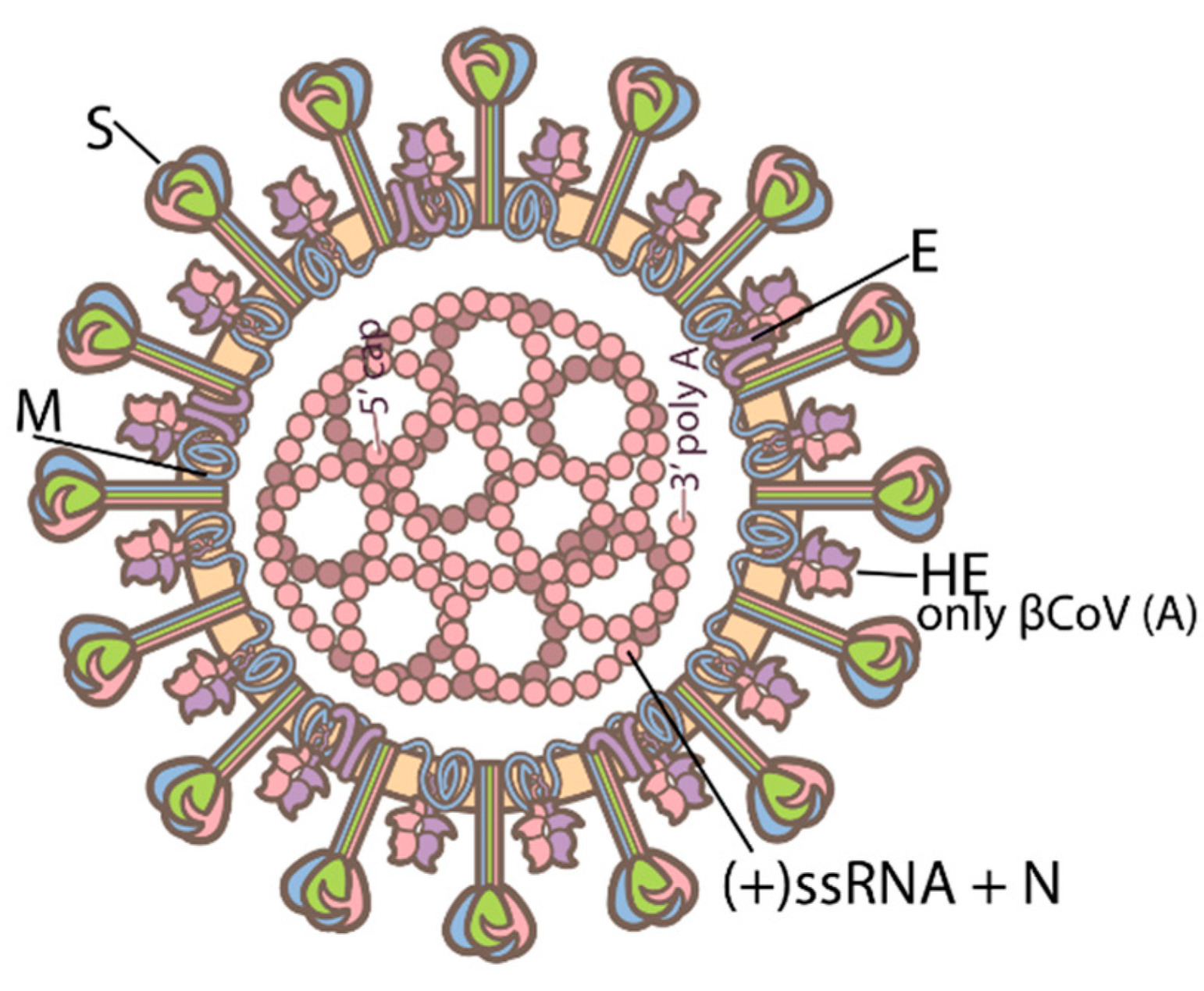Playlist
Show Playlist
Hide Playlist
COVID-19: Transmission
-
Slides Coronavirus Transmission.pdf
-
Download Lecture Overview
00:08 COVID-19 Transmission. 00:10 The transmission of this virus is primarily through respiratory droplets produced by coughing, sneezing or talking These droplets must directly contact the uninfected individuals mucous membranes, which limits the transmission zone to around two meters. 00:24 Airborne transmission is caused by the aerosolization of respiratory droplets that can remain suspended in the air over time. 00:31 This mechanism is less common and usually associated with enclosed poorly ventilated spaces. 00:37 Other considerations include universal airborne precautions during any aerosol generating medical procedures, such as intubation Other less common modes include surface transmission, where touching a contaminated surface allows the virus to infect the individual when they subsequently touch their eyes, nose or mouth. 00:56 The virus can remain viable on hands for up to 9 hours, so handwashing is extremely important. 01:02 The virus survivability varies based on surface type and environment for porous surfaces like paper, the virus becomes undetectable in minutes to hours, while non-porous surfaces may allow the virus to remain viable for up to days. 01:18 Disinfectants and UV light are both helpful within activation of the virus and should be used to decrease the viral load in high traffic areas. 01:27 Ambient environmental factors such as temperature, humidity and the size of the initial viral inoculum also can influence the survivability of the virus Non respiratory specimen transmission from stool blood products, semen or ocular secretions remain unlikely, though they cannot be definitively excluded. 01:46 Congenital infections have been documented, but also remain very rare. 01:51 Finally, though, the virus has been identified in several animal species, they are not considered to be a major source of infection. 01:58 In humans So, it is unfortunate, that this virus is so infectious because it is also quite deadly and in fact, in both these entities infectivity and mortality, it is far worse than influenza virus, which we know causes an annual epidemic of disease. 02:18 Why is this so? Well, there are there are features involving, asymptomatic but infected individuals, in whom, the viral loads peak well before symptom onset. 02:31 So, that means that the individual who is infected and is either asymptomatic completely or pre-symptomatic, will still have a high viral load expressed in their respiratory droplets and thus, be quite contagious. 02:45 As well, asymptomatic and symptomatic patients all transmit the same high viral loads for the same length of time. 02:54 So, unfortunately, the symptom onset which most of us use as an indicator to self-isolate or put on gloves or a mask, is unfortunately not the indicator, that we think that it could be. 03:07 The other difference however, is that, evolving variants or mutant variants of the SARS Coronavirus II, are having increased infectivity. 03:18 The infectivity of each new variant has subsequently increased from the original Wuhan strain in 2019. 03:24 So, as always, and especially in the setting of this particular virus, the science surrounding what we know about transmission virus, continues to evolve as does the virus itself. 03:37 Nature is quite active and as further variants and mutant variants emerge, so too will our understanding of this particular virus and how contagious it might be. 03:47 The mechanism of this increased transmissibility is likely multifactorial. 03:51 We know mutations can allow the virus to evade the immune system, specifically in individuals vaccinated against other variants. 03:59 Mutations can also allow for faster viral replication rates in the bronchi, increasing the viral load of respiratory droplets. 04:06 They've also developed mechanisms to bind more tightly to human cells, allowing faster membrane fusion between infected and uninfected cells.
About the Lecture
The lecture COVID-19: Transmission by Sean Elliott, MD is from the course Coronavirus.
Included Quiz Questions
When is a patient infected with SARS-CoV-2 the most contagious?
- When viral load peaks, which may be before symptoms appear
- About 10 days after symptoms appear
- After about a week of symptoms
- After 3 to 5 days of symptoms
- On the first day that symptoms appear
What is the basic reason Omicron BA.2 is more infectious than the variants which appeared before it?
- Genetic mutations
- Change in its shape
- Response to vaccines
- Can integrate into the host genome
- Difference in the ethnicity of the population infected
Customer reviews
5,0 of 5 stars
| 5 Stars |
|
5 |
| 4 Stars |
|
0 |
| 3 Stars |
|
0 |
| 2 Stars |
|
0 |
| 1 Star |
|
0 |




